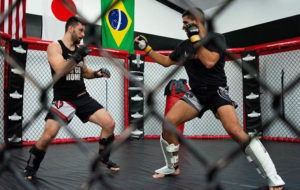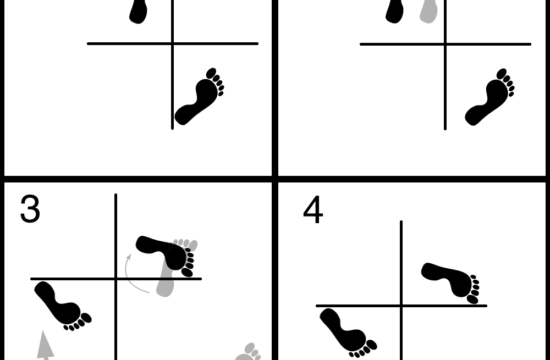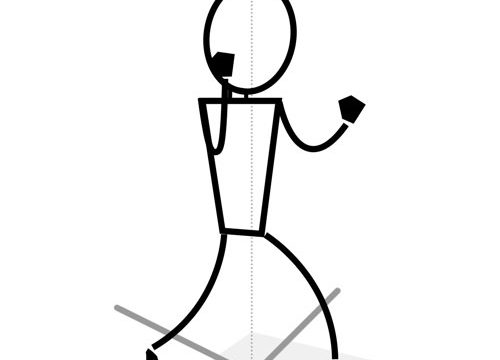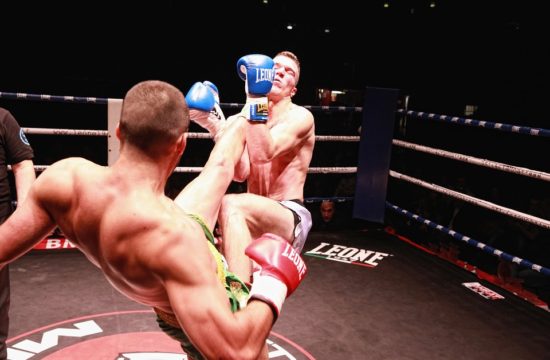Fighting distance is mostly a matter of reach and footwork. Depending on the range, we can develop a fighting style that can be adapted to the physique and personality of the athlete.
The Reach
Let’s take Mike Tyson as an example. Despite his handicap of having a short reach compared to his opponents, he was able to adopt a style that allowed him to reduce distance and end his fights with powerful short and medium range strikes. Those who are more aggressive usually stay closer at close range. A more aggressive style can be used to compensate for the lack of range.
Now let’s take Mohamed Ali as an example. He took advantage of his reach by emphasizing on his long strikes, footwork and posture. Those who are less aggressive tend to stay further away, at long range. A less aggressive style can be used for better distance control, greater economy of energy and safer defense.
The Distance
Distance is not to be confused with reach. No matter what reach you have, the concept of distance remains the same. Combat distance is the space between two fighters. When we talk about distance in Mixed Martial Arts, we often refer to four categories:
- Long Range (Straight punches, kicks)
- Mid Range (Straight punches, long hooks, long uppercuts, kicks, knees)
- Short Range (Short hooks, uppercuts, elbows, low kicks, knees)
- Grappling Range (Short hooks, uppercuts, elbows, knees, clinch, grappling)
The use of distance control as a strategy depends on the different tools of the fighter and on the concept of information gathering (analysis). We want to know how far my opponent is and where he is going. You can “SEE” distance (visual measurement) and “FEEL” distance (measurement by touching).
How to manage the distance in a fight?
- Good positioning: The wider position of the feet allows a greater range of motion in the upper body but makes certain tools ineffective (rear leg kick, block kicks, etc.)
- Good footwork: Good movement can avoid a lot of damage, attack from different angles and can keep you one step ahead
- Good sense of rhythm: Ability to detect or impose a rhythm and break it.
- Good sense of timing: Ability to choose the best time for an action.
Choose the right weapon according to your reach and range of combat.
The illusion of distance
The human eye can easily be fooled. Distance manipulation can be used to give the false impression that we are near or far from the opponent. Bringing your head forward above the front knee can create the illusion of being closer than you really are. With this strategy, several techniques can be used. The most common is the “pull counter”.
On the other hand, some strategies are based on the illusion that we are further away than we are reality. By moving our head back while leaving our front foot close to our opponent’s front foot, we can avoid being hit in the face while preparing an offensive technique.
One step ahead
I can force my opponent to commit himself to better attack him. If I take a big step back, my opponent will have to take a big step forward to close the distance. As he takes his foot off the ground to take a step towards our direction, we can anticipate where his foot will be dropped and then, launch an attack.







